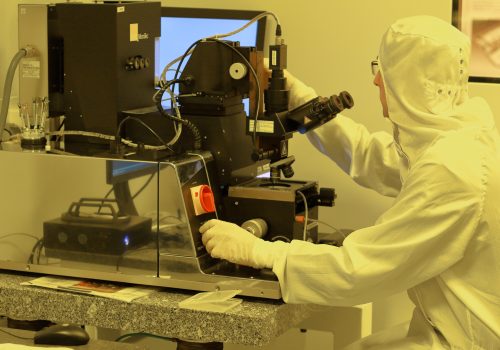Chipwreck: Visualizing the downsides of semiconductors
Since the 1970s, cars have become increasingly reliant on semiconductors. With the introduction of electronic fuel injection in the 1980s, airbags in the 2000s, and the advanced driver assistance features available today, semiconductor-reliant components make up more than 40% of the costs of manufacturing a modern car.
Check out the chart below to see why our computerized cars have created a major vulnerability:
With a faster-than-expected global rebound, in conjunction with the production disruptions caused by the severe weather Texas experienced in February and a fire at Japan’s Renesas Semiconductor Manufacturing Co. in March, the world’s semiconductor manufacturers are scrambling to keep up.
The problem is worse than many have realized. The top of our chart shows projected estimated Q1 vehicle loss from earlier this year. But the bottom shows what Ford actually announced late last week.
There’s a discrepancy between the projections and the reality. In Q1, Ford made 215,000 fewer cars than it should have. That’s more than double the expected loss (without even counting in other North American manufacturers like GM, Chrysler, and Toyota whose data we don’t have yet).
These outdated numbers are still being used in media reports. Furthermore, it is likely to get worse before it gets better. As our graph below shows, the average time between when a semiconductor order is placed and when it will be fulfilled has surged.
Car chips supply chains are long and complex so many manufacturers will have to wait until 2021 Q3 for supplemental production to come online. For now, other manufacturers will have to follow Ford’s lead and cut production, or implement more creative solutions such as removing high-end features like navigation systems and oversized digital screen from their vehicles.
All of this may contribute to longer wait times, higher prices, and transitory inflation pressures. The world will have to wait until Q3 to see if the automakers can catch-up as promised.
Related reading

At the intersection of economics, finance, and foreign policy, the GeoEconomics Center is a translation hub with the goal of helping shape a better global economic future.
